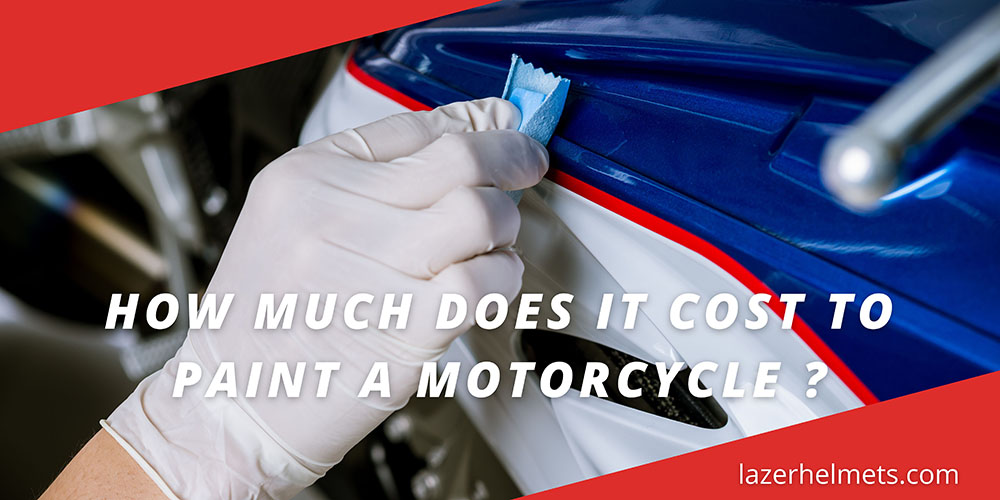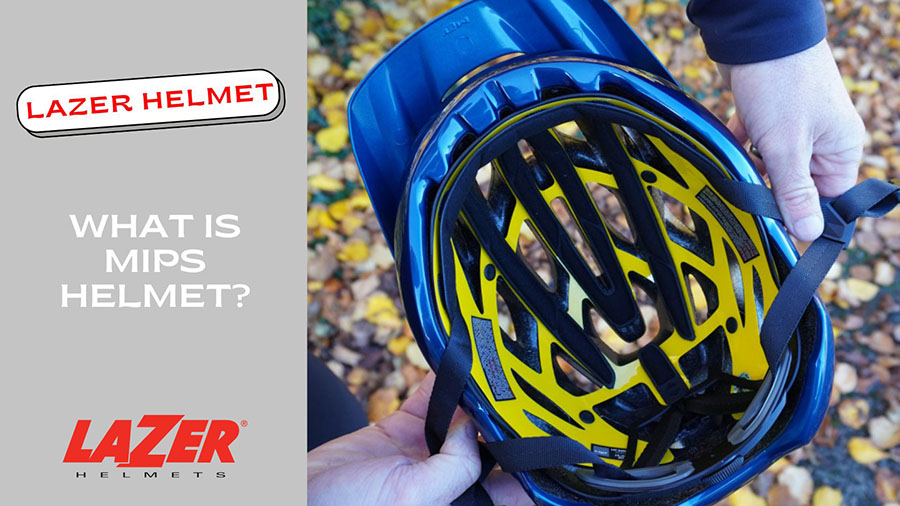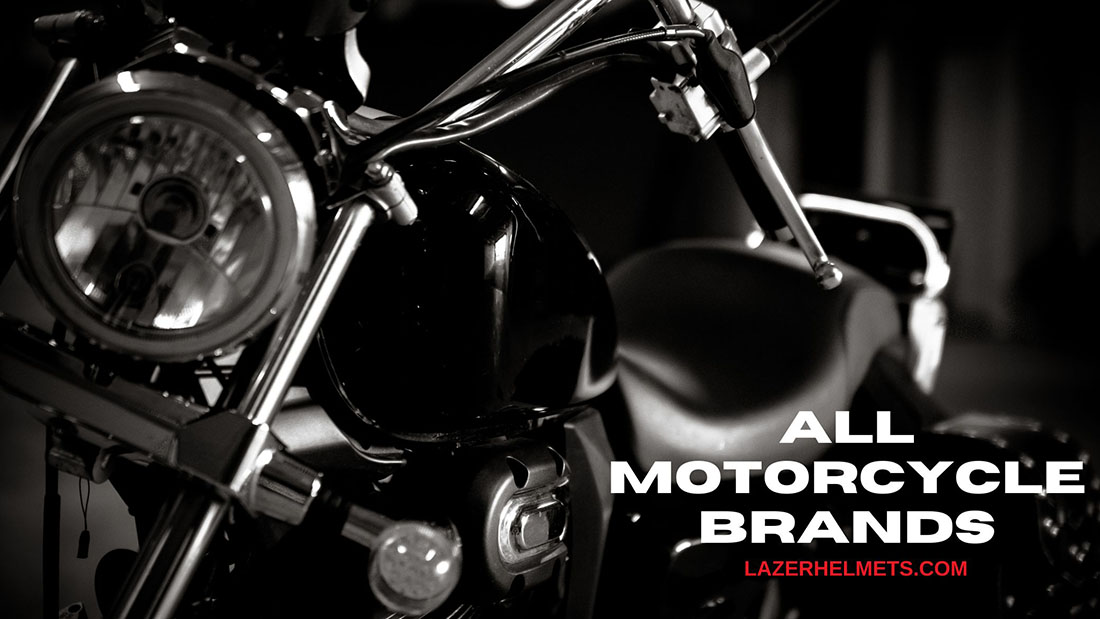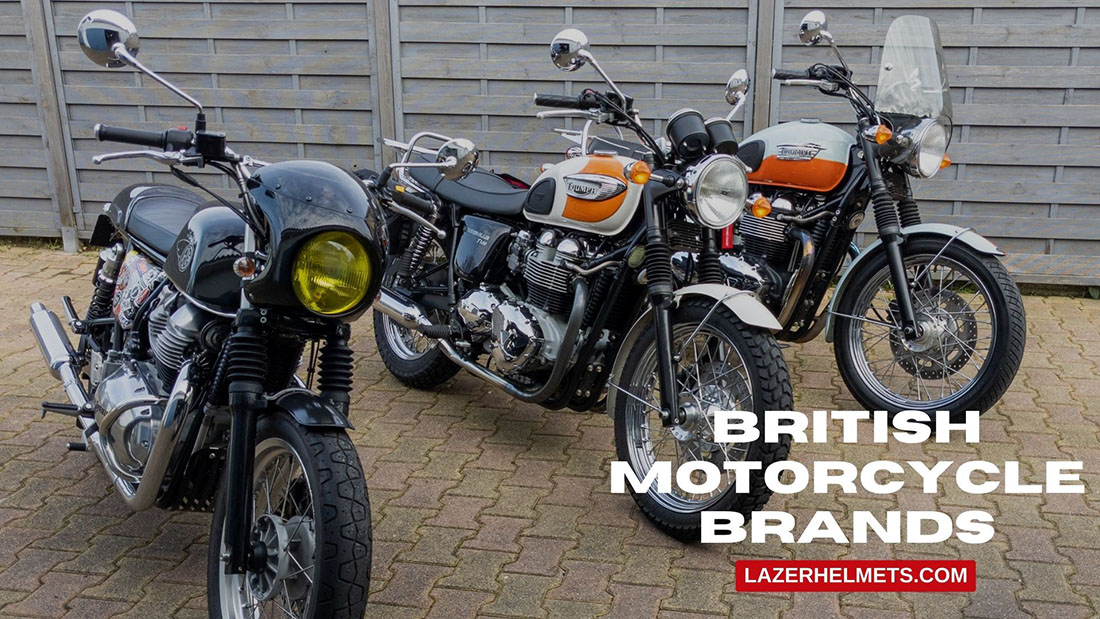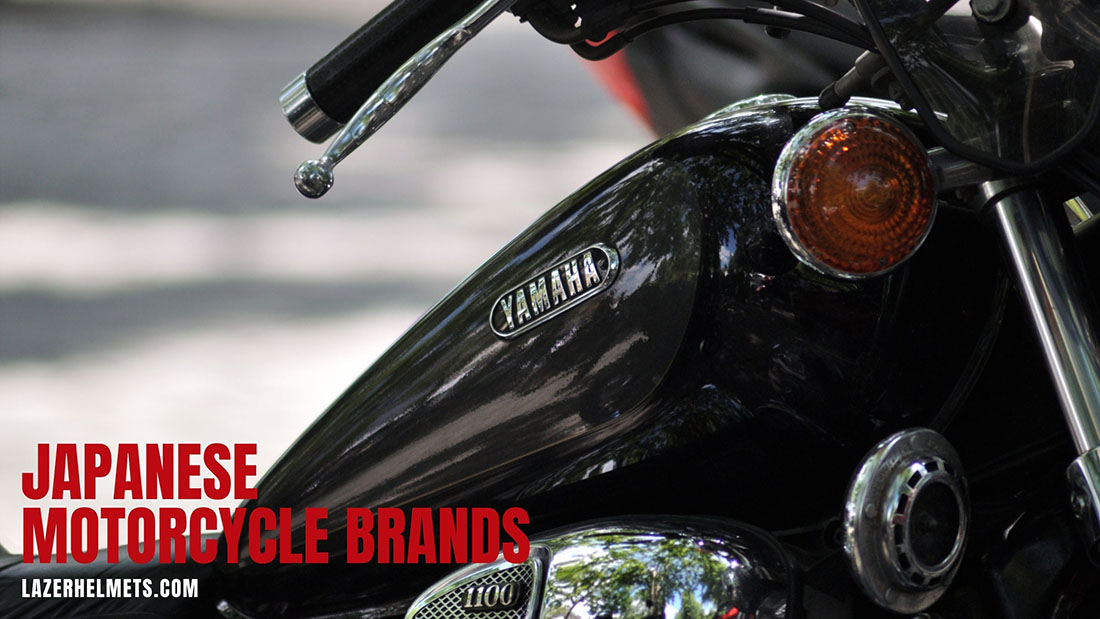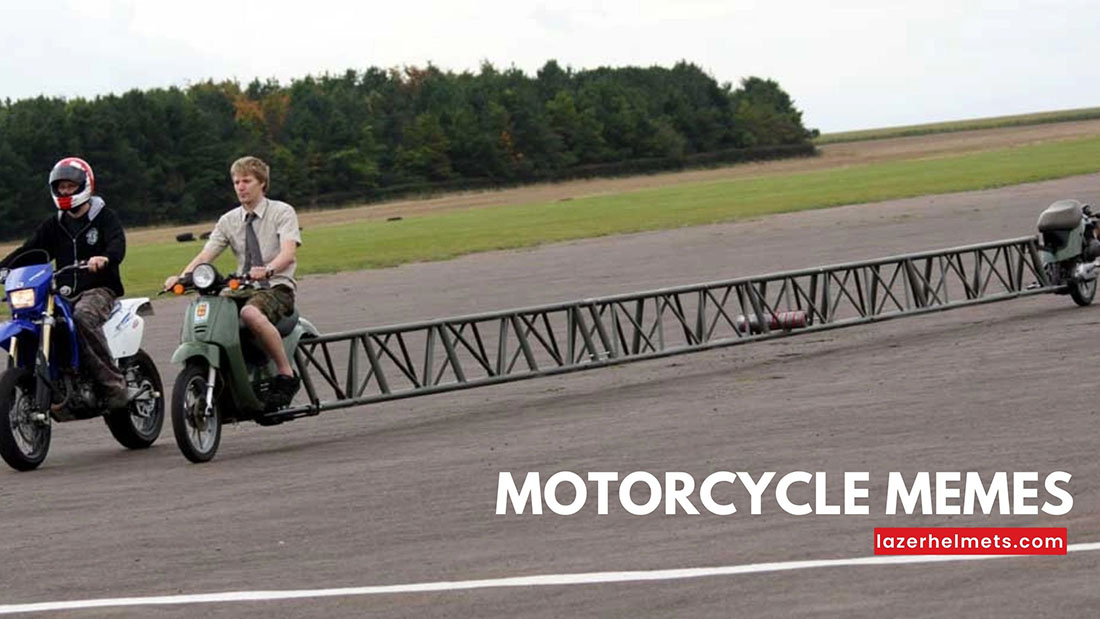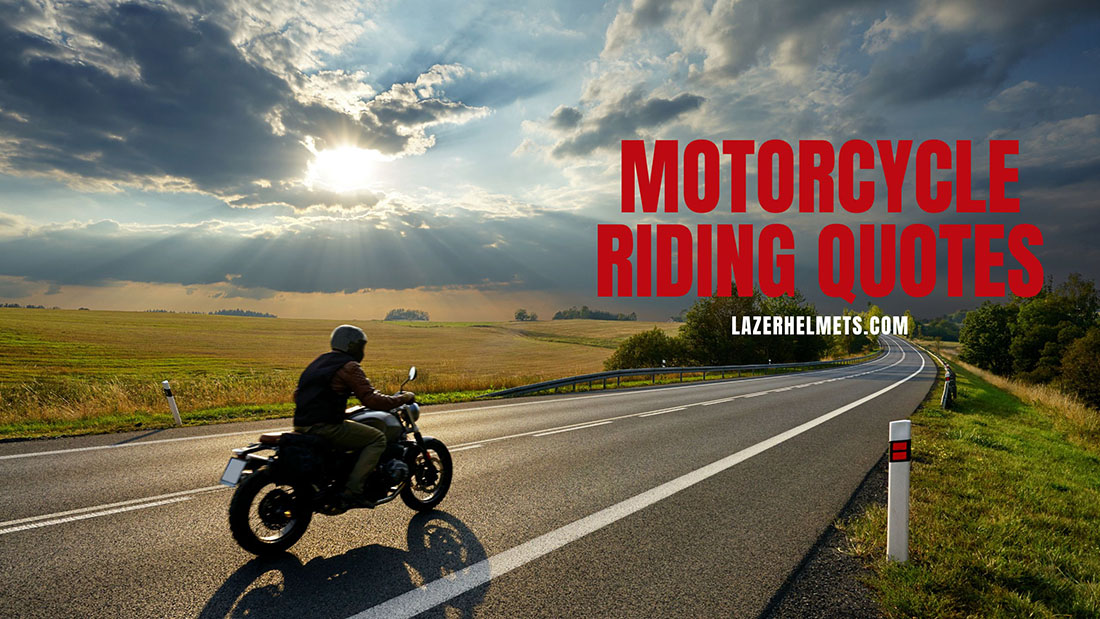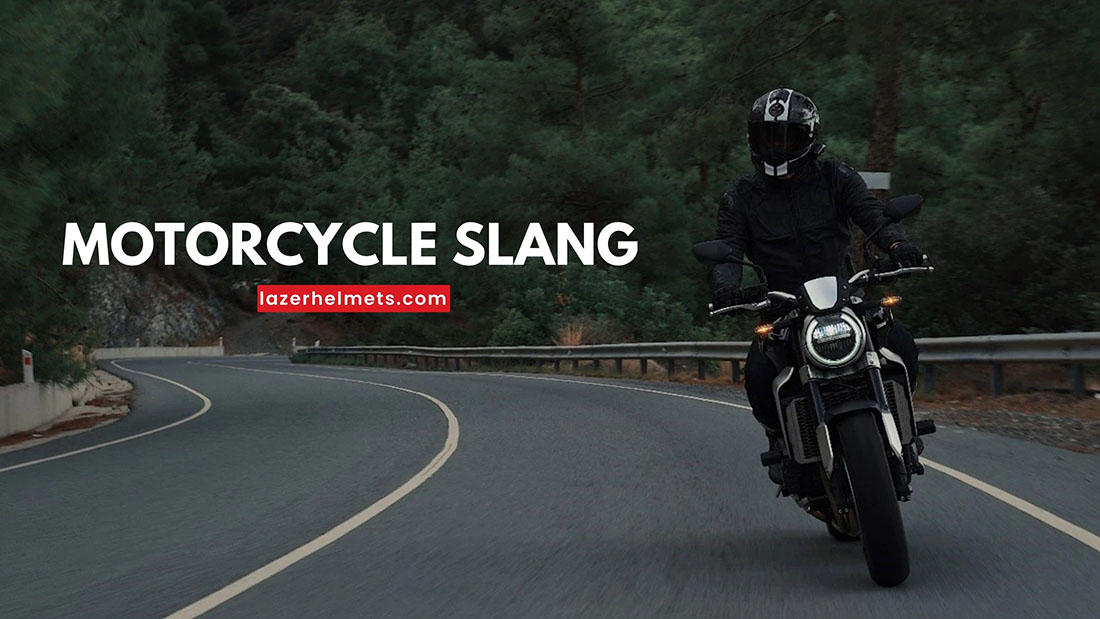A fine coat of paint can elevate the entire aesthetic of a motorcycle, wowing everyone with its classic, luxurious vibe. Easier said than done, though; nothing good arrives without (quite a huge sum of) money, so expect to spend some bucks on the custom paint job if you do not do it yourself.
My article will lift beginner confusion by delving further into the cost of painting a motorcycle. Keep scrolling!
Table of Contents
How Much Does It Cost to Paint A Motorcycle?
The pricing is about $300 to $1600 (for regular jobs), $800 to $2500 (custom painting), and less than $100 if you do it yourself. The precise cost depends on the motorbike size, complexity, and the paint type.
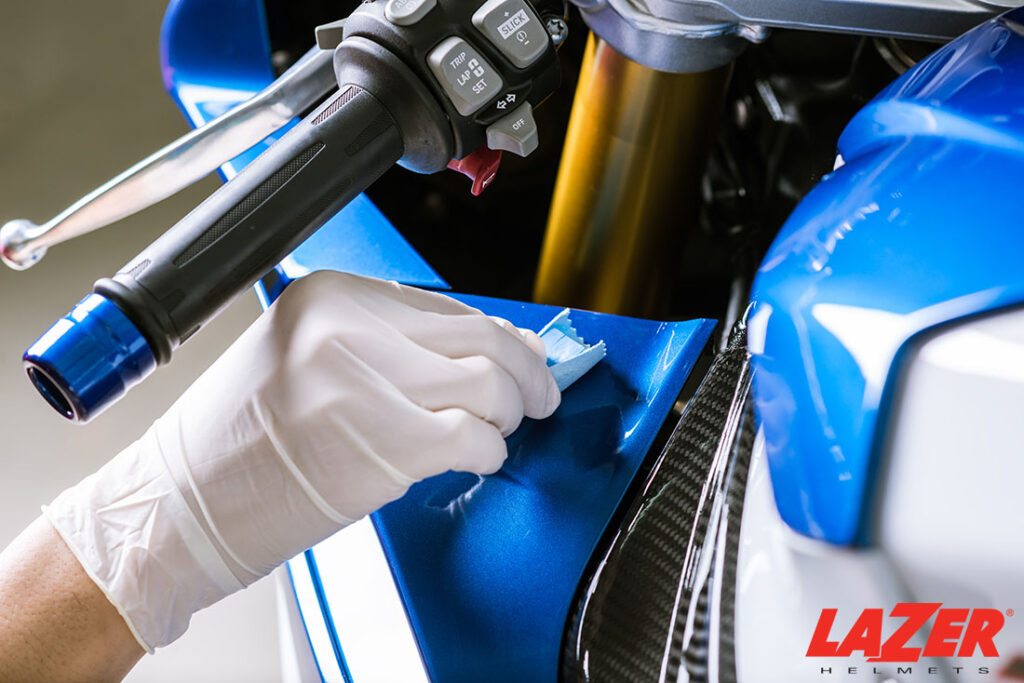
Assess your needs for paint quality, designs (basic or customized?), and budget to land on the most suitable package.
| Regular Paint Job | Custom Painting Job | DIY Painting Job | |
| Price | $300 to $1600 | $800 to $2500 | $100 or less |
| Expertise involved | Experienced Professionals | Experienced Professionals | Your own painting skills |
| Outcome | – Average quality Basic design | – Higher quality – Custom/personalized design – Better resale values | Depending on your skill, the type of paint used, and the equipment |
| Cons | Depending on your skill, the type of paint used, and the equipment | Expensive | Quality is not always guaranteed |
1. Regular/Standard Paint Job
Expect to have your bike painted at $300 to $1600. Of course, as with other bike services, the price range will fluctuate according to your particular motorcycle model, the paint shop, your living region, and – most importantly – the extra work for your bike before the painting task can occur.
Suppose you only need basic paint jobs, and your bike is already at peak condition; the pricing will stoop much lower than average. Meanwhile, those hiring experts or professionals to do a spectacular repainting job usually spend around $300 or even more.
2. Prepping Works
As briefly mentioned above, motorcycle painting might involve body repairs (whether small or huge depending on the size and severity of the dents/dings) of roughly $150 to $450. Plus, no new painting layers can last without the staff sanding the old coats off first.
Most shops and brands would inform you about these extra prices before any actual painting is carried out – and also offer doors for negotiation, so you don’t need to worry about being overcharged.
Not to mention, if the dents and dings are barely noticeable, you can choose to skip the prep work and go straight to the main painting process.
3. Custom Painting Jobs
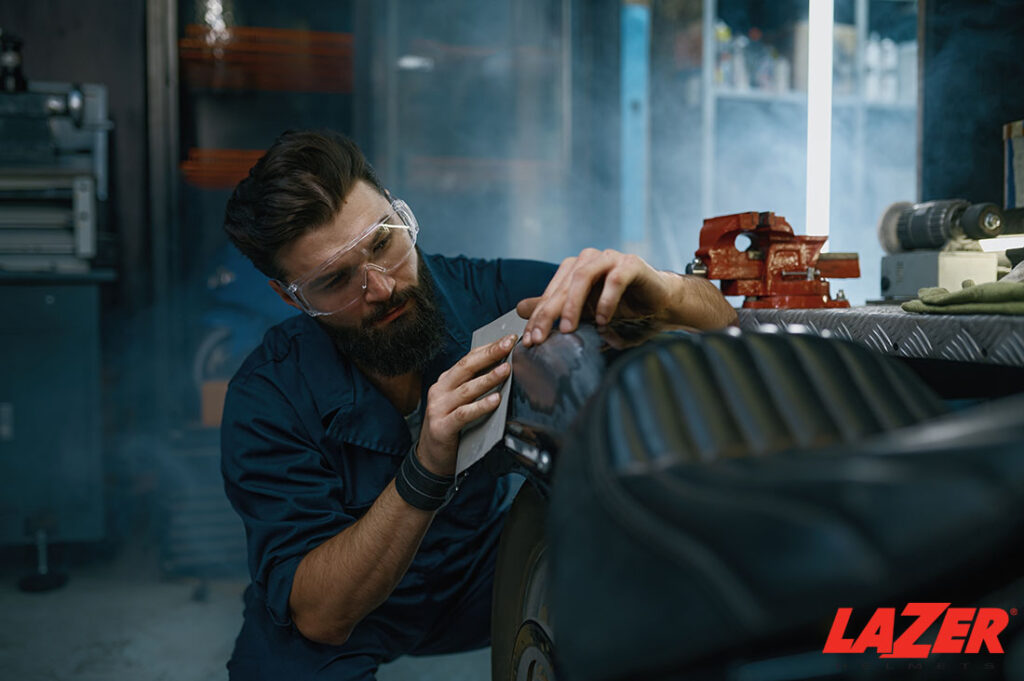
For some devoted motorcycle enthusiasts, basic, rudimentary paint coats are far from enough; they seek something more personalized, meticulous, and intricate (flame stripes, for instance). Hence, do not be surprised if the costs surge much higher in those cases!
The average cost for these custom motorcycle paint jobs runs from $800 to $2500; the exact number depends on:
- The artist
- Your bike model and make
- The location
- The work detail
- Your requirements; the more you demand, the higher the cost. Numerous bikers have reported spending $15,000 to $30,000 for their bike repaint.
4. DIY Motorcycle Painting Jobs
Is your budget tight, or do you happen to like doing everything on your own? In either scenario, DIY painting jobs are clearly the best option out of the bunch – though caution is clearly at play since you do not have any professional help here.
- Research proper painting techniques before you start.
- Watch Youtube videos if necessary. They often include very detailed guidelines on common painting techniques and bike looks – not to mention, very easy to remember and follow.
Your total price can be less than $100 – depending on your requirements and equipment. The immense joy of doing what you love is another huge bonus; if it turns out well, you can turn painting into an actual job by offering your services to other people.
How to Paint Your Own Motorcycle? Step Guides
Cover your working area with paper sheets and plastics. Sand the bike parts, apply fillers, then give them about three to four coat layers (with 15-30 minutes of drying time between every two layers). Sand these parts one last time and coat them with lacquer to protect your painting jobs.
Here is the detailed step procedure:
Step 1. Prepare Your Painting Area
Find a safe and convenient working area for your painting jobs. It could be the storage area, garage, or any place unaffected by the huge mess you will likely leave behind.
Once settling on the best spot, lay disposable papers or plastic sheets on the ground, which keeps the paint from staining the area.
Install variable speed fans to blow paint fumes off and guarantee proper ventilation if needed. Add extra lighting for improved visibility.
Step 2. Sand The Bike Parts With Sandpaper
Remove the bike parts that you want to paint. Cases in point are protective/ decorative plates, fairings, side covers, etc. Sand their surfaces with sandpaper until the bare metals are exposed. Once done, pick a clean rag and wipe away residual dust particles.
Step 3. Apply Fillers and Primers
Mix the body fillers well, then apply them to the bike parts to smooth out the surface for your painting. Spread these fillers in layers (preferably 1/8 inch thickness).
Give the fillers some time to dry – about 30 minutes to 1 hour. Then sand the surfaces, and repeat step 2 and Three several more times if needed until their smoothness satisfies you.
Once done, apply two epoxy primer coats to keep the metal from moisture defects. Each primer type has its own instructions, so make sure you do not miss out on any important information and follow every step of the guidelines.
Sand the primed surfaces with dry sandpaper, and use a lightly wet rag to wipe excess primer.
Step 4. Start Painting
- Clean the spray gun, then mix the paint colors. The ratio and themes are entirely up to your preferences.
- Apply 3-4 paint layers to the bike parts. Allow drying time between every two layers (about 15 to 30 minutes). And after your third layer, sand the surface and wipe it with clean cloth.
- Give the bike a final paint coat. Leave it to dry on its own.
Step 5. Sand The Bike One Last Time
Spray two clear coat lacquers to keep your paint jobs from water and debris. Sand any inconsistency, if any.
Step 6. Clean Up
- Clean the paint guns carefully to prevent maintenance/clogging issues. And since you will likely use these guns for other painting projects in the future, put them somewhere dry and cool.
- Clean the working place. Dispose of the paper sheets/plastic you have used to cover the walls and floors.
Some Motorcycles Paint Job Ideas You Can Use
If you are a beginner and have no idea where to start, you can try out graffiti, nature patterns, superheroes and movie characters, or band logos. Your artistic paintings can hardly go wrong with these ideas when done right.
- Graffiti: Giant spray-painted art wallpapers and chaotic letters can combine to create iconic representations of your personality and life.
- Movie Superheroes/Characters: Who hasn’t been a fan of a particularly outstanding fictional character/villain? Bike owners are clearly no exception.
- Nature-Inspired Patterns: Simplicity works, too. Leaves, tree bark, feather patterns, or pebble designs on the gas tank can give your bike a distinctive look.
- Band Logos: Fans of rock or pop music often plaster the logo of their favorite artists and bands on the motorcycle tanks.
Does Repainting A Bike Devalue It?
Yes, if the designs are customized too much to your preferences – such as painting your family members or favorite celebrities on the side covers. So only consider custom paintings if you do not plan to sell your bike anytime soon.
Can I Paint A Bike Without Sanding?
No, it’s impossible. If you do not clear off the factory paints/old paint to give room for new coats, the surfaces will become extremely rough and damper the quality of your job.
Conclusion
Painting the bike on your own is a nice idea to save labor costs (which might rack up to hundreds of thousands depending on your demand). Still, a high level of expertise is definitely required, so make sure you have done proper research. Write to me if you need help.

